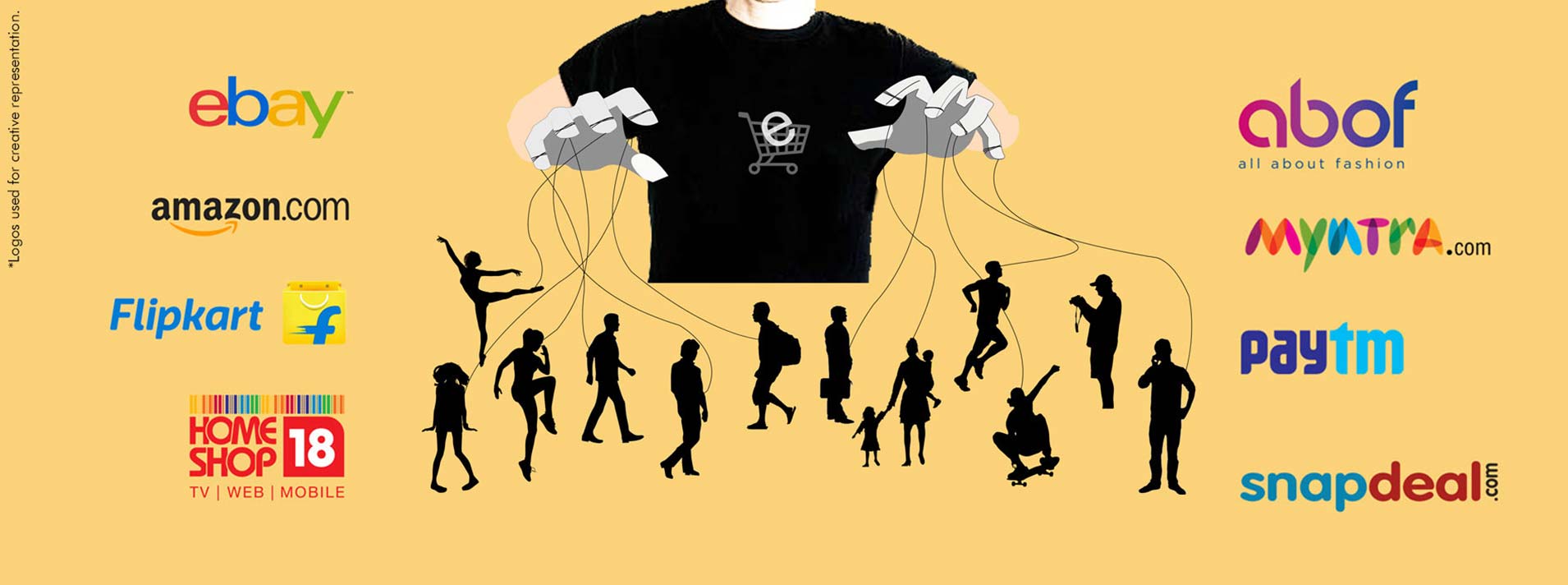
by Prashant Nair

Share
TweetOne might think there has been a great deal of vacuum in the e-commerce space. Some might say – we are experiencing an e-xplosion but a small faction would agree that we are still piecing together the crackers for celebrating the BIG day. We are spoilt for choices it seems, but logistics seems to the catching up; there are innovative online services, for which the market seems to be gearing up. I call it the BIG chase (not for the lack of words but I guess it goes well with the title).
Every bit of the Indian E commerce industry is in a Lavatonic Motion. Now, what’s that you might wonder? Well, the phrase stems from my limited imagination of a hot molten lava in motion. You will find out the relevance soon enough. Let us roll back a little in time. Facebook started its operations in 2004 with a revenue of USD0.4 million and in the successive years it grew at a stupendous rate of 2150% and 433% for the period 2005-2007. What could have been that ‘one’ of the several fundamental reasons for this? In retrospect, Facebook merged all the boundaries of communication and empowered the world to unite on a platform to socialize and form an overwhelming communication nexus. The void was filled. The gap was bridged, and then – the socialization in economic terms took centre stage eventually.

What Facebook started was a classic case of ‘creating demand’ for a service that laid unnoticed like a dormant volcano under our feet. They paid attention to the long pending ‘socialization’ mandate or cravings of the people, perhaps to the liking of everyone around the planet. Curiosity was given a new channel to consume itself. We all witnessed a beautiful promise in the new proposition. Even though the social media giant kindled the fire in 2004, it took us a while to get used to the warmth of e-socialization. The new norm introduced ecommerce and mobile-commerce and gave online retailing a serious push forward.
The cautious splurge on e-commerce portals set new boundaries for consumer’s cravings and their psychological precepts. The first lot of consumers set the pace that became aspirations for others who followed. The initial set of people where those who had tested the social media norms and most of them belonged to the urban households in India. According to the KPMG report of 2016 on Logistics in Indian E-commerce scenario – ‘E-commerce market in India is expected to grow at USD27.5 billion in 2016 and it is estimated that the industry will grow at an alarming CAGR of 31 per cent to reach USD80 billion by 2020.’ But is that BIG?
Out of the total organised retail market, online retail penetration has been approximately 8% in terms of market share by value in 2016. So we are still not talking big. Now, there exists an interesting lot of people who are merging with the initial lot closely and setting new revolutionary trends in the online retail buying behaviours– they are the Aspirational Movers. I belong to this group, like most of you who are reading this. But there is a fundamental problem faced by Aspirational Movers from Tier 2 and Tier 3 cities in particular – ‘Lack of Internet penetration’. Or shall I say – ‘the infrastructure in India’ is yet to catch up with the raging demand or in other words, a demand triggered by a trickle-down effect of aspirations from metro cities.
Online consumer base is at 23%+ in top 4 metros and the other 4 emerging metros from Tier 2 cities gained 11%+ in the year 2015. Only 20% of the total Indian population can access the internet as compared to 50% in Brazil, China, and Russia. We are talking small numbers here but the rapid growth in usage of internet-enabled devices are paving promising roads ahead. According to Economic Times, 2015, the mobile phone internet users in India will reach 457 million mark by 2019. Some of them will be a part of the third set of people who recently joined in – The Red Hot VR Generation.
There have been all sorts of economic and demographic effects that continues to contribute to the growth of Indian E-commerce Industry. Most people accepted e-shopping as a result of the consumer behavioural patterns triggered by the onset of social media, and others got swept in the aspirational race for affiliation or experimentation with the rest. And I hope you can spot the lavatonic motion now.
Whatever the reasons be – The BiG isn't their yet.
Data Sources: The Hindu, KPMG, Forbes, ET